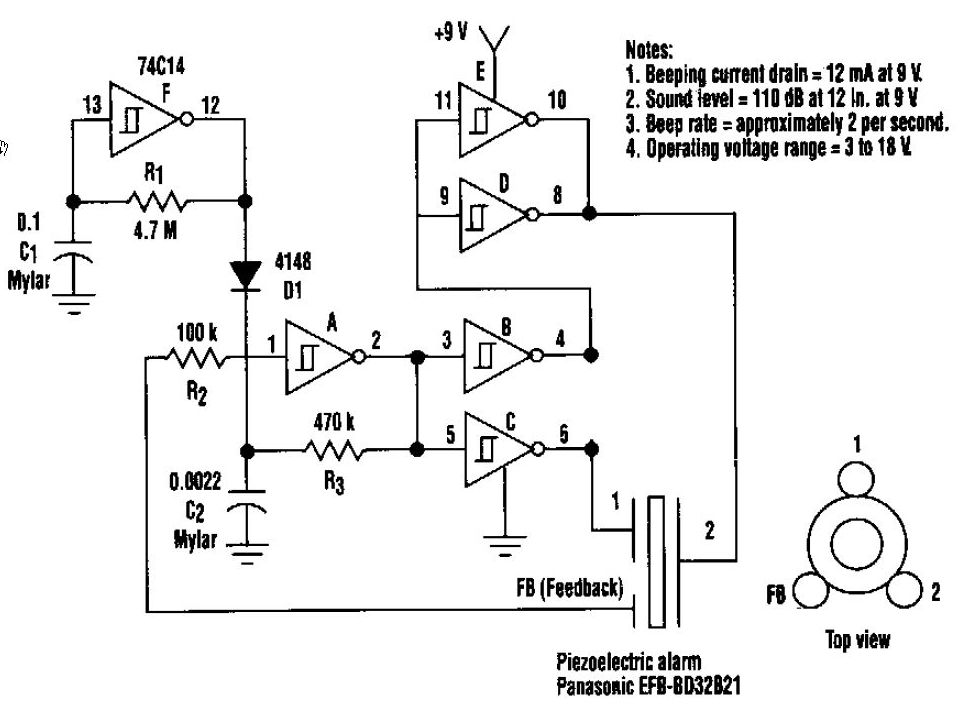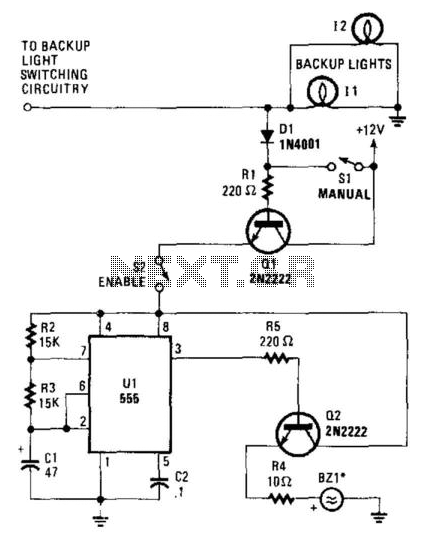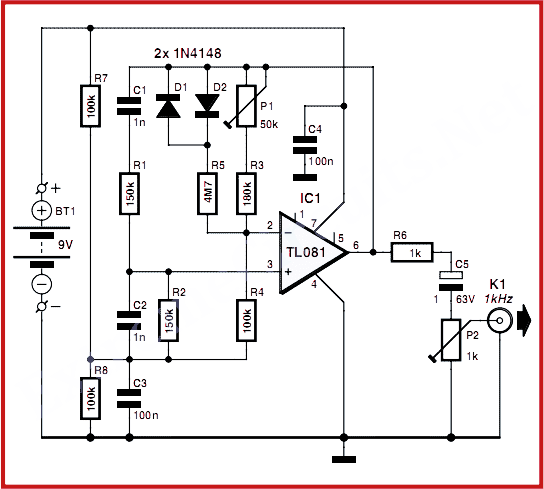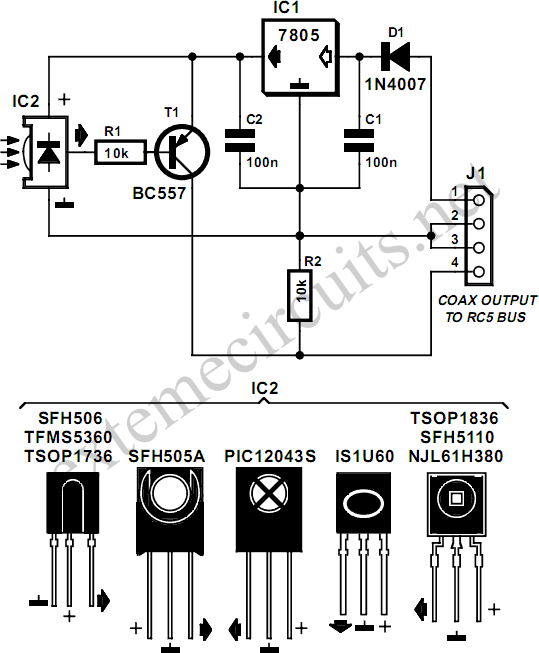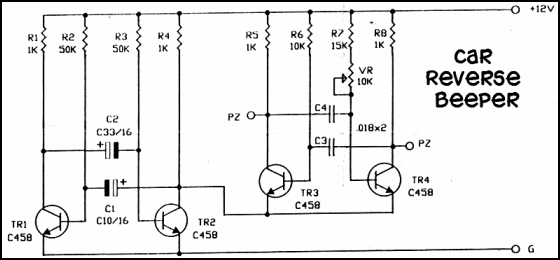
Repeater beeper
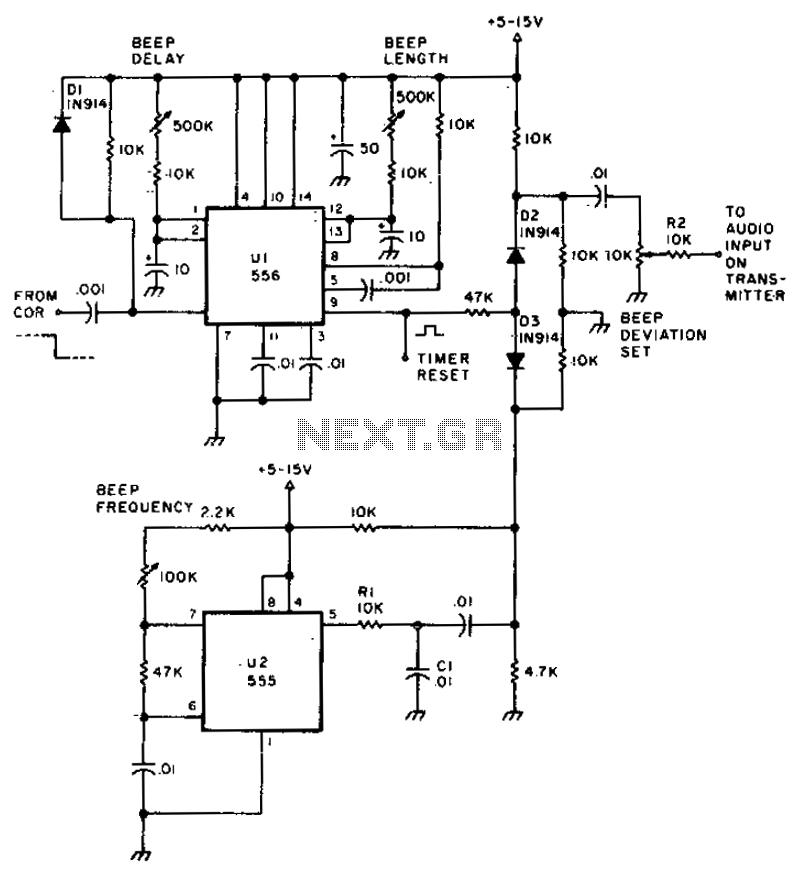
The signal from COR triggers U1, which produces a beep-gate pulse that enables the analog gate. This gate consists of D2 and D3 to pass the beep tone generated by U2.
The circuit operates by utilizing a signal from the COR (which could represent a control or output relay) to activate an integrated circuit designated as U1. This component is responsible for generating a beep-gate pulse, a short-duration pulse that serves to control the operation of an analog gate. The analog gate is formed by diodes D2 and D3, which are configured to allow the passage of a specific audio signal, in this case, a beep tone produced by another integrated circuit labeled U2.
The design ensures that when the COR signal is activated, U1 generates the necessary pulse to enable D2 and D3, allowing the beep tone from U2 to be transmitted through the circuit. This configuration is commonly used in applications requiring audible alerts or notifications, where the precise timing of the beep is crucial for user feedback or system alerts. The careful selection of components and their arrangement in the circuit plays a significant role in achieving the desired performance and reliability of the system.The signal from COR triggers U1 which produces a beep-gate pulse that enables the analog gate Consisting of D2 and D3 to pass the beep tone generated by U2.
The circuit operates by utilizing a signal from the COR (which could represent a control or output relay) to activate an integrated circuit designated as U1. This component is responsible for generating a beep-gate pulse, a short-duration pulse that serves to control the operation of an analog gate. The analog gate is formed by diodes D2 and D3, which are configured to allow the passage of a specific audio signal, in this case, a beep tone produced by another integrated circuit labeled U2.
The design ensures that when the COR signal is activated, U1 generates the necessary pulse to enable D2 and D3, allowing the beep tone from U2 to be transmitted through the circuit. This configuration is commonly used in applications requiring audible alerts or notifications, where the precise timing of the beep is crucial for user feedback or system alerts. The careful selection of components and their arrangement in the circuit plays a significant role in achieving the desired performance and reliability of the system.The signal from COR triggers U1 which produces a beep-gate pulse that enables the analog gate Consisting of D2 and D3 to pass the beep tone generated by U2.
